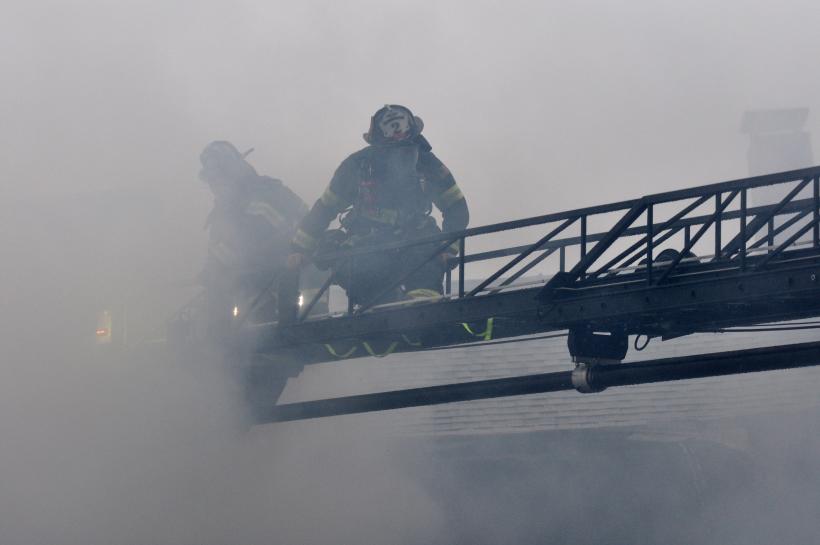
Lithium-ion battery fires jump rapidly in Massachusetts: ‘They’re nearly impossible to extinguish’
Firefighters across Massachusetts are facing the “nearly impossible” task of extinguishing lithium-ion battery fires much more often, according to new state data showing that such blazes have spiked sharply in the past half-year.
The state Department of Fire Service created a checklist last October for local departments to use to track the number of fires caused by lithium-ion batteries, which power large devices like electric vehicles and smaller items like smartphones and e-cigarettes.
So far, the form has helped 38 cities and towns identify 50 lithium-ion battery fires in the past six months, more than double the annual average detected by a national fire data reporting system, State Fire Marshal Jon M. Davine said in a release Wednesday.
The Massachusetts Fire Incident Reporting System, a state-level tool that mirrors and feeds into a national reporting system, recorded an average of 19.4 lithium-ion battery fires per year from 2019 to 2023.
“The increase since last fall could be due to the growing number of consumer devices powered by these batteries, increased attention by local fire investigators, or other factors,” Davine said.
The State Police Fire & Explosion Investigation Unit immediately started using the form which is optional for local fire departments to gather information when responding to fires involving lithium-ion batteries – make and model of the device, purchase history, and whether it was charging at the time of the blaze.
Brockton Deputy Chief Kevin Galligan told the Herald that he believes the number of lithium-ion battery fires since October is more than double the figure the DFS has reported. Firefighters are still being educated about the form and about the kind of fire, he said.
In the past, firefighters blamed the device for the fire and not the battery, Galligan said.
“I’m personally to a point where almost every fire I go to now I’m assuming I’ll be dealing with lithium-ion batteries,” he said, “whether they’re the cause of the fire or they were involved in the fire. It’s almost as if we can’t get away from them at this point.”
Nine of the 50 fires that DFS reported involved battery-powered scooters, e-bikes, and hoverboards. Eight involved laptops and another eight involved cell phones, tablets, or similar devices. Power tools were involved in six fires.
“The device’s charging status could be determined in 41 of the 50 fires: surprisingly, 56% of these devices were not charging at the time of the incident,” according to officials.
Lithium-ion battery fires are “much more intense” than a fire caused by careless disposal of a cigarette or cooking, Galligan said. Smaller devices that use lithium-ion batteries like a drill or a laptop are relatively easy to extinguish, but it’s a different story for larger items like vehicles, he said.
“They’re nearly impossible to extinguish and you use thousands of gallons of water trying to cool the batteries to prevent it spreading from battery to battery,” Galligan said. “Once a battery is in thermal runaway, there’s nearly nothing you could do to stop that single cell. … The only thing we could do is try to cool the batteries around it to stop the spread.”
Even after the fire is extinguished, there is still more work for firefighters as they have to make sure all batteries are removed from the scene so they don’t cause a rekindle, Galligan said.
New York City has made national headlines, with the number of incidents there, soaring well over 200, injuring more than 100 people and killing 14. After a series of fires involving faulty e-bike batteries including a blaze that claimed four lives last June, officials announced they were receiving a $25 million emergency grant from the federal government to fund scores of charging stations citywide.
“It’s a significant challenge for the fire service,” Galligan said. “We are constantly coming up against whatever the next problem is, and it does require a lot of training and additional equipment to address this. But it’s something that we have to face because the lithium-ion batteries are not going away.”


